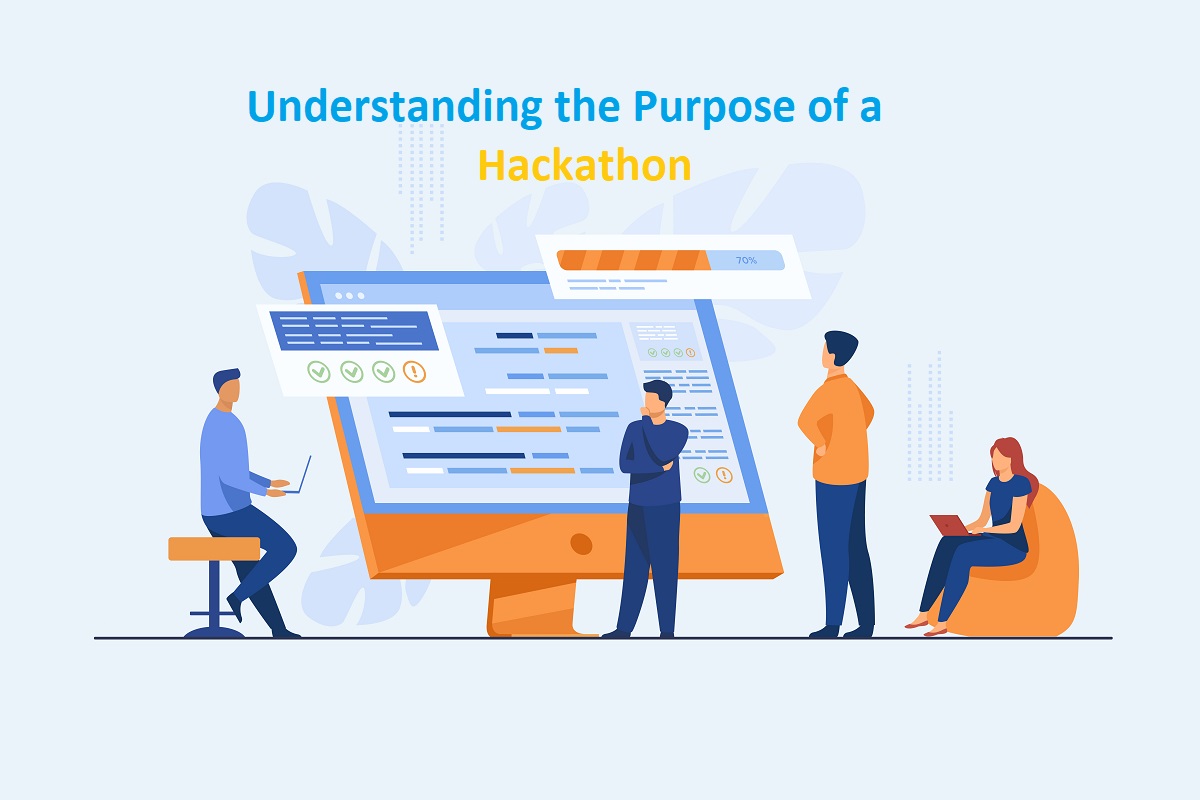Running a global online hackathon is both an exciting and complex endeavor. As the tech industry embraces remote collaboration and digital innovation, virtual hackathons have become the go-to format for engaging talent, fostering creativity, and building real-world solutions—all without geographical constraints. But what does it really take to host a successful global hackathon online?
In this comprehensive guide, we’ll explore the behind-the-scenes aspects of organizing a global virtual hackathon, from planning and logistics to tools, team coordination, and common challenges. Whether you’re a company, university, or community organization, these insights will help you run a seamless and impactful event.
Define the Purpose and Goals
Before diving into logistics, it’s essential to define your hackathon goals. Are you looking to promote a new API, crowdsource solutions to a problem, recruit talent, or support social innovation? Clear objectives will shape the format, judging criteria, and the overall experience.
Key considerations:
- What is the primary theme or challenge?
- Who is the target audience (students, professionals, global developers)?
- What outcomes or deliverables do you expect?
Choose the Right Tools and Platforms
Your virtual hackathon tools can make or break the participant experience. Since everything is online, you’ll need reliable platforms for communication, collaboration, submissions, and judging.
Essential hackathon tools:
- Hackathon management platform: Choose your hackathon management platform for registration, team formation, and submissions.
- Communication: Slack, Discord, or Microsoft Teams for real-time collaboration.
- Project management: Trello, Notion, or GitHub Projects.
- Video conferencing: Zoom or Google Meet for kickoff, workshops, and demos.
- Code collaboration: GitHub or GitLab for code repositories.
Choose tools that integrate well and are user-friendly across regions.
Plan the Timeline and Structure
Global hackathons require meticulous planning. Time zone differences, language barriers, and internet access can create challenges, so the event structure must be flexible.
Recommended structure:
- Duration: 48 to 72 hours is ideal for global events.
- Pre-hackathon onboarding: Provide materials, workshops, and FAQs a week in advance.
- Kick-off session: Host a live global welcome event.
- Mentor support: Provide round-the-clock access to mentors from different time zones.
- Mid-event check-ins: Use surveys or stand-ups to track progress.
- Final submission: Set clear submission guidelines and deadlines.
- Judging & awards: Livestream final pitches and announce winners publicly.
Build a Diverse Global Team
One of the best parts of hosting a global online hackathon is the opportunity to engage diverse talent. Encourage cross-border team formation and collaboration.
Tips for success:
- Offer networking tools or events to help participants find teammates.
- Use Slack channels or matchmaking bots to connect similar interests.
- Promote inclusion by offering beginner-friendly tracks or mentorship support.
Promote Your Virtual Hackathon Effectively
You could have the best hackathon ever planned, but it won’t succeed without strong promotion. Your marketing strategy should focus on digital channels with global reach.
Effective promotion tactics:
- Leverage tech communities on Reddit, Dev.to, and LinkedIn.
- Partner with universities, tech influencers, and developer groups.
- Create an engaging landing page with clear value propositions.
- Use email campaigns and social media hashtags for ongoing buzz.
Prepare for Common Challenges
Even the best-organized events face obstacles. Being prepared can help you adapt quickly.
Common challenges and solutions:
- Time zones: Stagger key events or host multiple sessions.
- Technical issues: Have a dedicated support team available 24/7.
- Low engagement: Use gamification, leaderboards, and active moderators to keep participants motivated.
- Submission overload: Use structured submission forms and clear judging criteria.
Foster Community and Engagement
Virtual hackathons can feel isolating, so creating a sense of community is key to maintaining participant enthusiasm.
Engagement strategies:
- Host casual events like virtual coffee chats or meme contests.
- Share progress highlights and shoutouts on social media.
- Encourage teams to blog or livestream their progress.
A vibrant online community not only improves participation but also builds long-term brand affinity.
Post-Hackathon Follow-Up
The hackathon doesn’t end when the winners are announced. Make sure you follow up with participants, share outcomes, and offer next steps.
After-event checklist:
- Send thank-you emails and surveys.
- Publish a recap blog with winning projects and highlights.
- Offer internship or job opportunities to top teams.
- Keep the community engaged for future events.
Final Thoughts
Running a global virtual hackathon is a rewarding yet complex project that blends tech, teamwork, and time management. By leveraging the right tools, planning thoroughly, and focusing on participant experience, you can create an event that not only delivers innovative solutions but also brings people together across borders.
With the rise of remote collaboration, virtual hackathons are here to stay. Whether you’re a first-time organizer or a seasoned pro, the key is to stay flexible, communicate clearly, and prioritize community.
Ready to launch your global hackathon? You’ve got the blueprint—now go build the experience!
Also read: What Happens at a Hackathon? Insights from a Leading Hackathon Company













